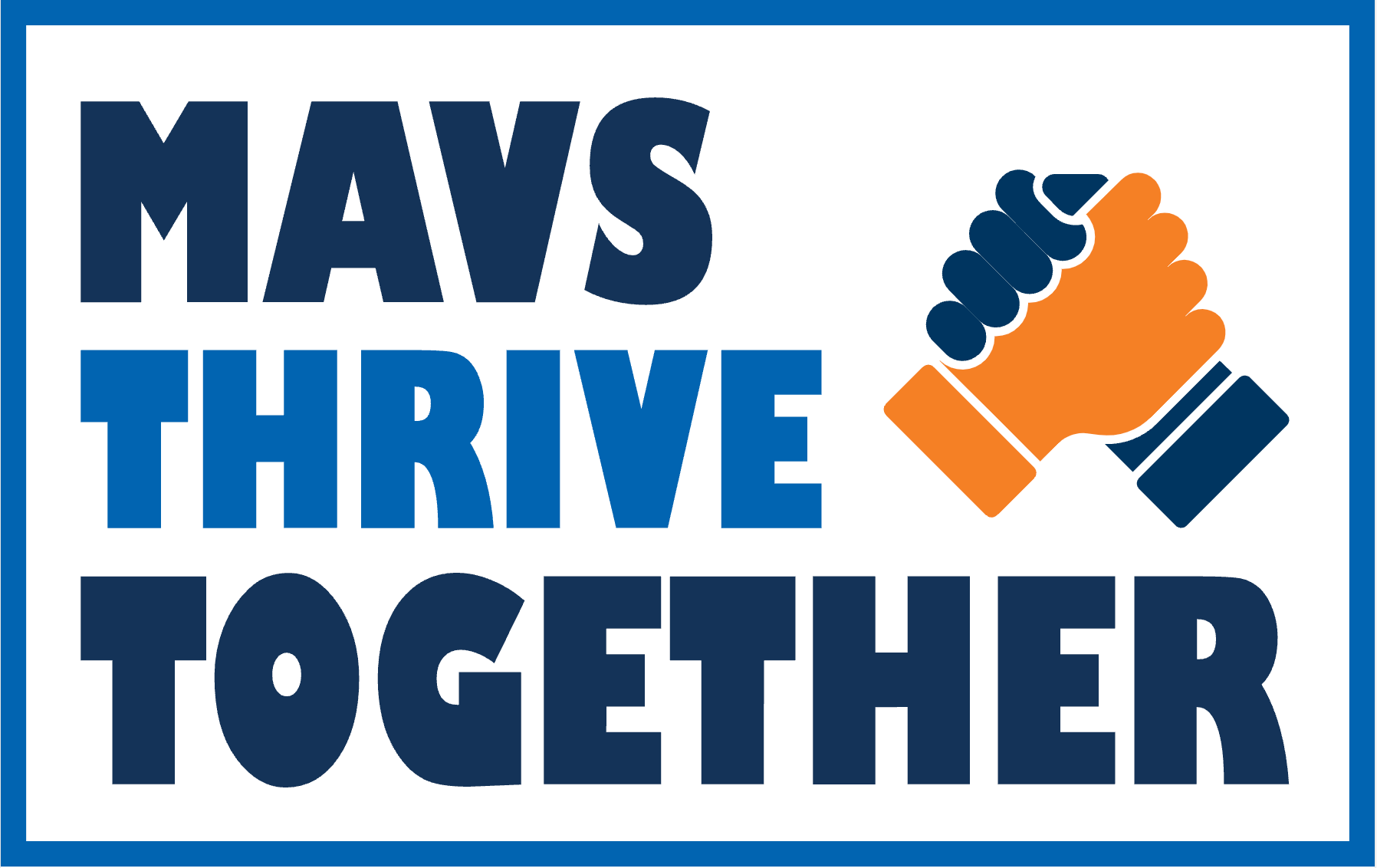- Assess your team’s readiness to change.
- Help employees understand how the changes support the broader goals of the organization.
- Provide frequent updates for employees.
- Describe why the change is happening now and how the change will help in the long run.
- Celebrate wins, pause, reflect, and pivot when necessary.
- Have key performance indicators.
- Provide sense of ownership.
- Involve employees from the beginning.
Learn More:
- Engagement is a key component to a successful change management process. | LinkedIn
- 5 Steps in the Change Management Process | HBS Online
- Benefits of Employees' Participation in Change Management? | (changemanagementinsight.com)
LinkedIn Learning:

